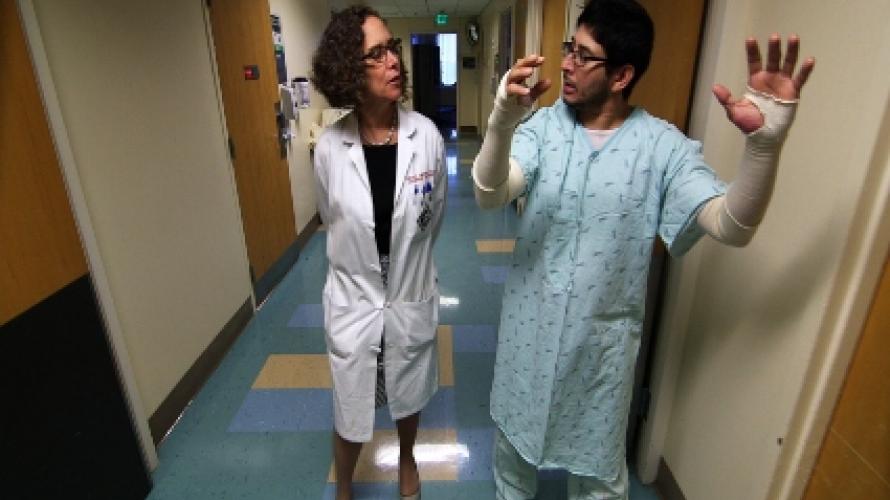
What is the study about?
Joint contractures are a major cause of morbitiy and functional limitations for individuals with burn injury. This study examines the frequency and severity of joint contractures in a large population of individuals with burn injury.
What did the study find?
Nearly one third of the study’s participants had a contracture at discharge despite splinting and positioning, vigorous physical and occupational therapeutic interventions. The most frequently contracted areas are shoulder, elbow and wrist, in that order. Risk factors for the development of postburn contractures include male sex, African-American or Hispanic ethnicity, the presence of medical problems, neuropathy, total body surface area (TBSA) grafted, and TBSA burned.
Who participated in the study?
Participants (n=98) were 18 years of age or older, had a Total Body Surface Area burn of 30% or greater, and were three years or more from the time of injury.
How was the study conducted?
Demographic and medical data were collected on each participant. Outcome measures included incidence of contractures, number of contractures per patient, and severity of contractures at time of hospital discharge. Data were analyzed to learn if there are predictors regarding the presence, severity, and number of contractures.
How can people use the results?
Clinicians, individuals with burn injuries, and their family members can use the results of this study to become more informed on the frequency and risk factors regarding joint contractures.
Reference
Goverman, J., Mathews, K., Goldstein, R., Holavanahalli, R., Kowalske, K., Esselman, P., . . . Schneider, J. C. (2017). Adult Contractures in Burn Injury. Journal of Burn Care & Research, 38(1). doi:10.1097/bcr.0000000000000380